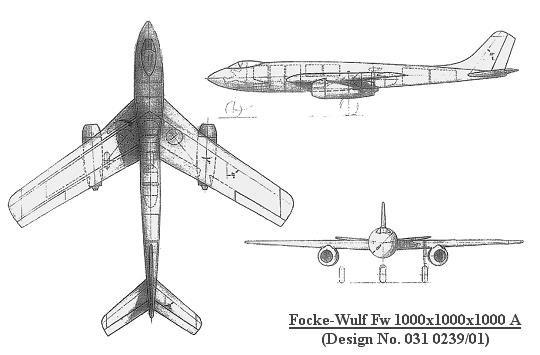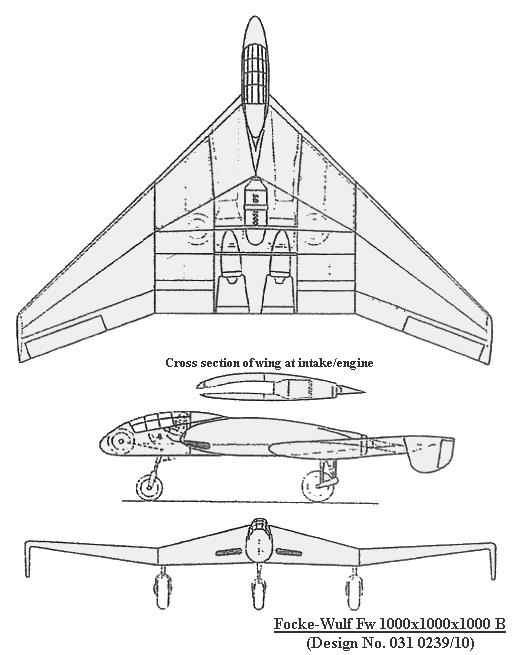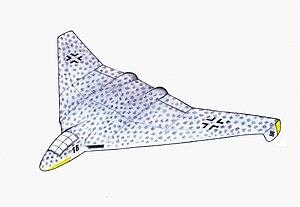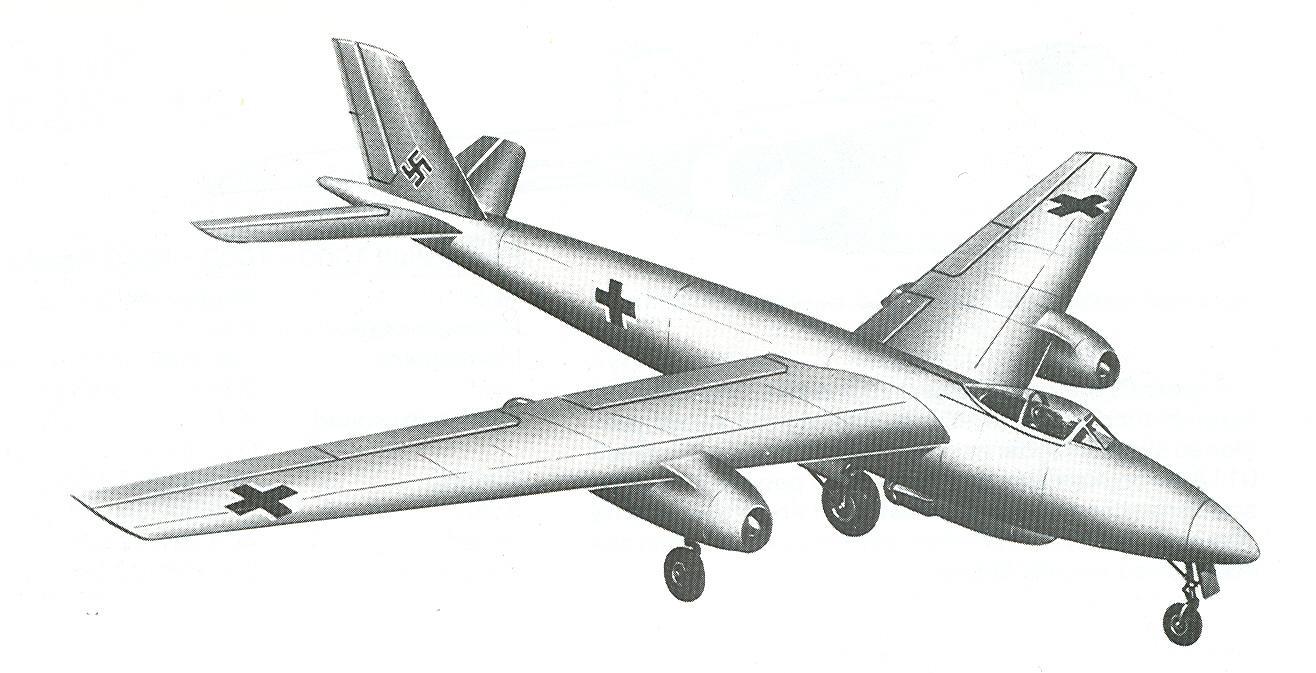| Type | 2-seat bomber version A | Single seat bomber version B | 3-seat bomber version C | |
| Engine | 2 Heinkel-Hirth He S 011 | |||
| Dimensions | Length 14,2 m , height 3,75 m , span 12,65 m , wing area 27 m2 , | Length 5,8 m , height 2,75 m , span 14 m , wing area 55 m2 | Length 14,2 m , height m , span 12,65 m , wing area 55 m2 | |
| Weights | Empty 8100 kg , loaded , max. take off weight | |||
| Performance | Max.. speed 1000 km/h , cruising speed , range 2500 km , endurance , service ceiling 13500 m , climb | Max.. speed 1060 km/h , cruising speed , range 2500 km , endurance , service ceiling 14000 m , climb | Max.. speed 1000 km/h , cruising speed , range 2500 km , endurance , service ceiling , climb | |
| Armament | Guns: None . Bombs: 1,000 kg | |||






